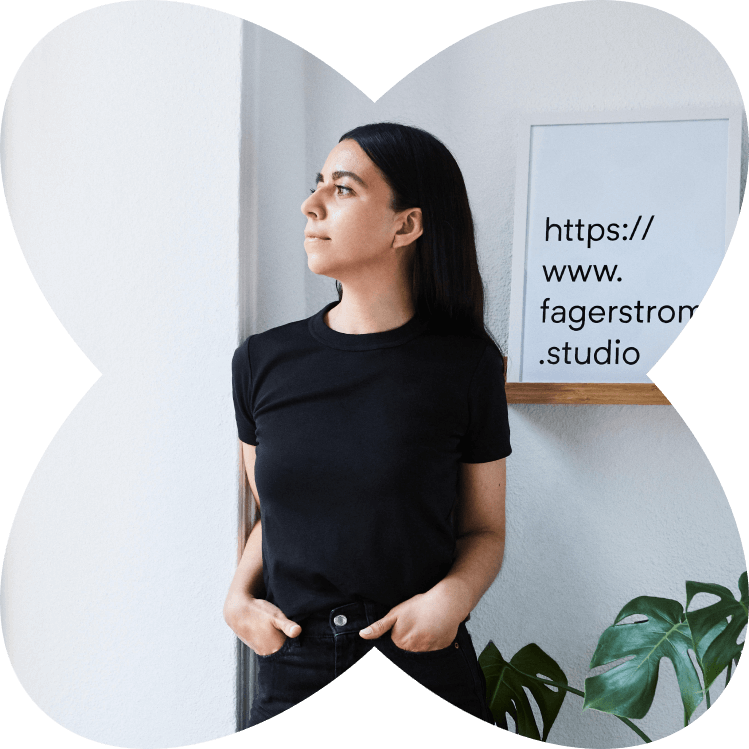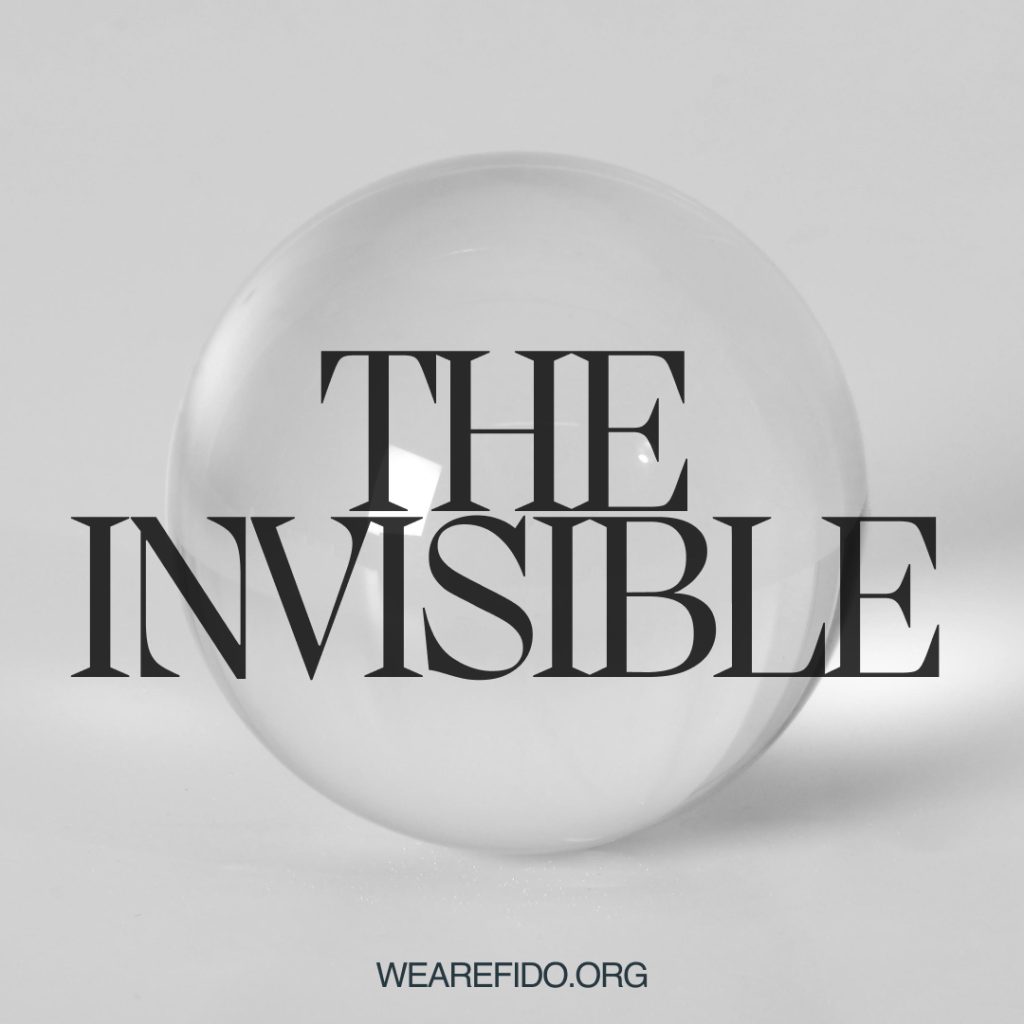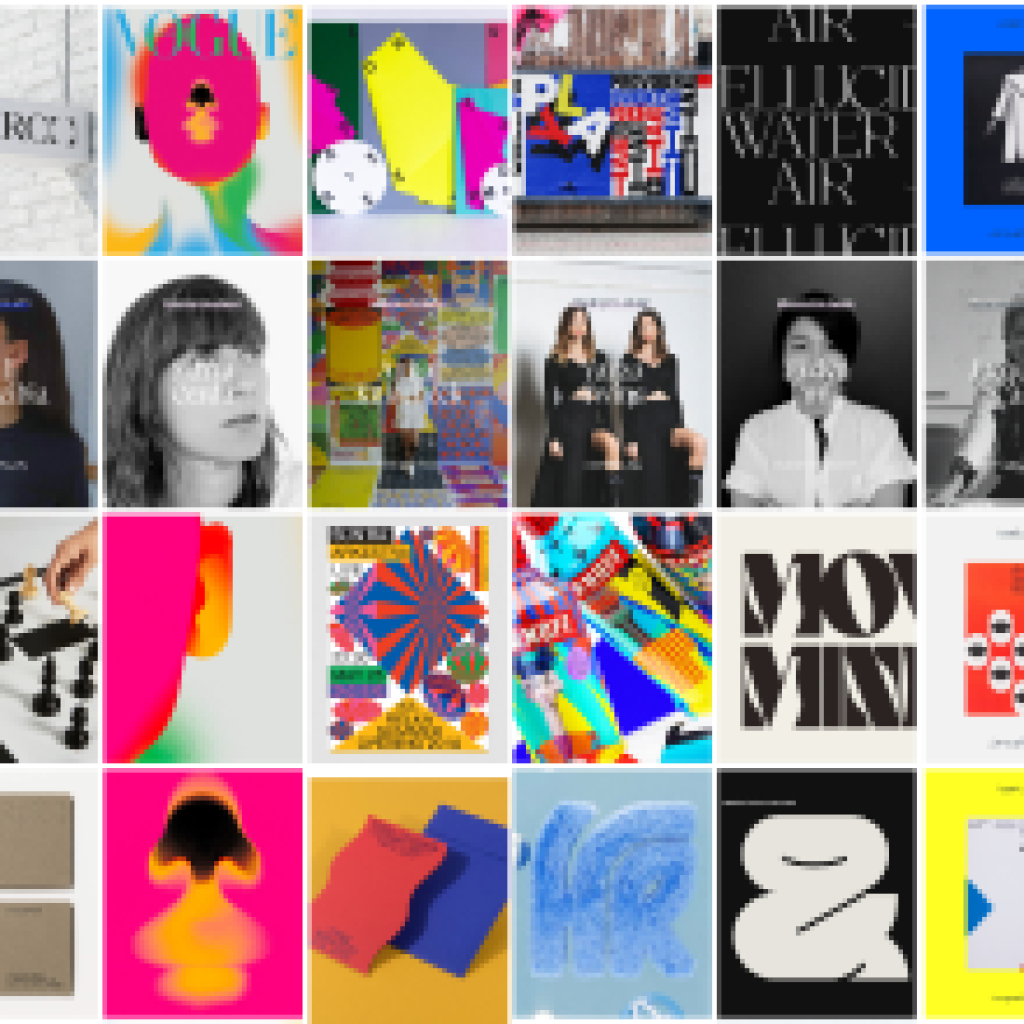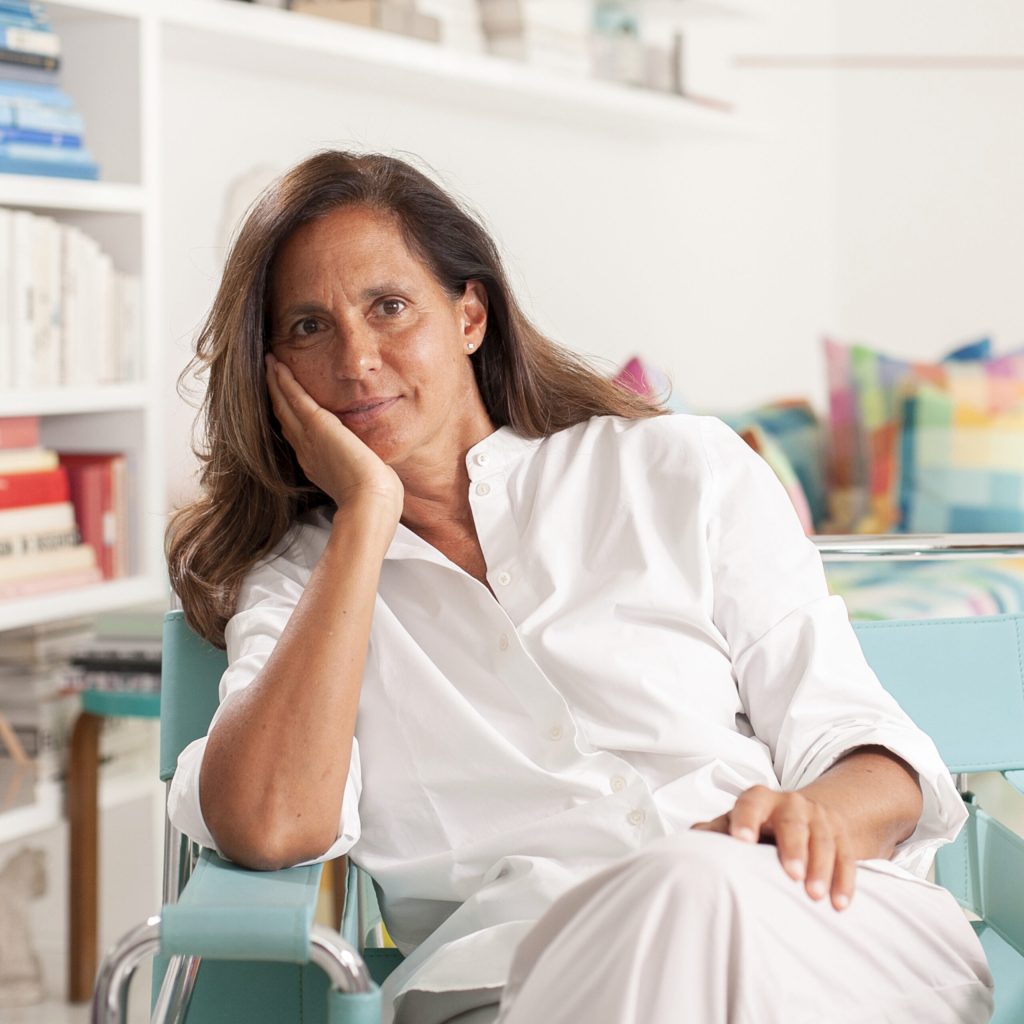
Puli Arancibia is Creative Director and Founder of fagerström, an independent design studio based in Madrid, specialized in brand identity, branding and packaging, working for clients in North America, Europe and Asia since 2017. Her approach combines meticulous work with a strong creative concept. Simplicity, typographic care and attention to detail are the main characteristics of her work and are the elements with which she develops unique and evocative visual identities. She likes running and practicing yoga I would have loved to be an architect. Her life motto is: live and let live!
A little about your design process…
Fido: What does your process look like?
Puli Arancibia: My design process starts from the first contact with the client, and once we have all the necessary information to understand the project in depth, we start building the brand strategy. For this, we work on the development of the brand platform, where we define the reason to be, the brand assets, the values and attributes, the brand personality, and the brand promise or value proposition.
“The strategy is a fundamental part of our work process, since without it the design would be empty.”
Once we’ve done this, we move on to a conceptualization phase, in which we use the strategy as a guide to find the possible paths to follow. In this part of the process we look for the relevant creative concepts, which are the essence of the design proposals. We always try to find several of these concepts in order to have several options when transferring these ideas to the different proposals. This is perhaps the hardest part of the process, because the challenge is to find an element, an idea or a small gesture that evokes the concept that we want to convey through the brand.
When we have found the different creative concepts, we begin the design phase, where most of the decisions are made without using the computer, working with sketches, notes, ideas, etc. Then we move on to executing all of the above, and that’s when we check whether the concepts and ideas we had in mind actually work or not. As we always work on several alternatives, some of those ideas fall by the wayside, and the ones that work best are the ones that go ahead. Our process is not based on trial and error, but instead most decisions, such as the choice of fonts, colors or art direction, are already predefined in advance. Therefore, we look for specific resources that we believe will help us communicate the different concepts.
Once we’ve chosen what we consider to be the strongest alternatives, we set out to develop the entire visual universe of the project, be it branding, packaging, etc., and explore all the possibilities of each proposal. Finally, everything is reflected in the presentation we make for the client, in which we explain from the strategy to the development to the creative proposals.

F: Do you have a design process and use/adapt it in every project?
P. A: My design process is roughly as described in my previous answer, and we use it without exception for every single project we work on. Although as this is not an exact science, we usually adapt it to the needs and requirements of each project. If I were to summarize it, the process could be divided into the following phases: listening, research, conceptualize, and design.
F: How much do you enjoy this part of your work?
P. A: Without a doubt, the part of my work that I enjoy the most is the development of the creative phase, from the search for ideas and conceptualization to transferring all this to the visual proposals.
On the other hand, being an independent studio allows us to have almost absolute creative freedom, which is very exciting, although sometimes this can also involve some risk.
F: Personal projects are part of your design practice?
P. A: When I started with the studio, personal projects took up almost half of my time, mainly because I didn’t have many clients, but over time this changed and then we hardly had time for personal projects. However, last year we forced ourselves to pick it up and created a project called Schackbräde, which means chessboard in Swedish, which consists of a collection of posters exploring the relationship between the chess and design. The project was born from our own love of chess and taking advantage of the boom that this game has had worldwide due to the pandemic and the popularity of the Queen’s Gambit series. The ultimate goal of the project was to foster interest in chess through design.
Let’s talk business!
F: How simple/difficult has it been to create your own studio?
P. A: I couldn’t really assess whether it was easy or difficult, since everything happened quite organically. In fact, I always say that starting my own studio wasn’t an option, but an obligation, because professionally I had reached a point where I couldn’t continue and this was the only path I saw as possible.
F: Do you have a daily routine?
P. A: Yes, in general I tend to have ingrained routines, and I like them because they help me to organize myself and to be able to meet work deadlines. I try to be very strict with time, always starting early in the morning and avoiding using my working hours for personal matters.
F: How do you balance the conflict between the economic aspect and your own requirements on the quality of design?
P. A: I think that, in general, this conflict exists when you haven’t economically valued a project as much as you would like. Of course, when I started I used to have this conflict more often, but over time I’ve learned to better assess projects so that the quality of the design isn’t at odds with its economic aspect. In any case, I believe that the quality of the work should never depend on the economic value of the project, since if you’ve accepted a commission it’s because it brings you other types of benefits, such as the possibility of working for a client you like or some level of creative freedom, who always make it worthwhile to do the best work possible.
F: Do you usually work on weekends?
P. A: It is not something usual, but sometimes I do have to work on the weekend. Since we are a small studio, and as both my partner and I are involved in all our projects, sometimes we have to finish a presentation during the weekend or meet on a Sunday with a client from an Arab country. But as I say, they are occasional things.
F: Do you work in your own office or share a space? How many people work in your team?
P. A: We have our own office, where my business partner and I work. He takes care of strategy and business management and I’m in charge of the creative direction.

Thoughts about women in the design field
F: Do you think there are special challenges for women in the design field?
P. A: I think that the challenges that women face in the design field aren’t necessarily different from other disciplines. As in many other activities, there is a need to give more visibility to all talented female designers. We must generate instances to show and publicize the work of many women who have designed brands, products, objects, etc., throughout history but who are often not recognized for it. In that sense, I believe that initiatives like FIDO or Ladies, Wine & Design are very necessary and they do an excellent job.
F: What do you think about positive discrimination?
P. A: In the short term, I think it’s important that women can have our space in certain places or institutions that were previously only reserved for men, but I feel that this is nothing more than a trap. In the long term, the best way to occupy our space equally in society is through education, teaching future generations in feminism and in the importance of being valued equally, regardless of whether you are a man or a woman.
F: Do you see a lack of female models in design?
P. A: As I mentioned before, I think there is a lack of visibility, not quantity, of female role models in the design industry. There are many women who are good references and excellent role models, but unfortunately their work is not taught in universities and design schools, which means that designers who are being trained only know the classic references of design, which are generally men.
F: What do you think about women’s mental burden?
P. A: This is something I’ve read a lot about lately, and even more so since the pandemic. Personally, I’ve never felt it. I think it’s because I’ve never felt that I have certain tasks assigned just for me because I’m a woman, but I imagine that it depends on each case and how team you are in the family/personal sphere. As with equality at the workplace, I think that this will only be corrected through education in the values and principles of feminism.

How have things changed post-pandemic?
F: Have you been asked to cut your budget even more after the Covid pandemic?
P. A: No, no one has used that argument to get a budget reduction.
F: How did your work develop during the six last months?
P. A: During the last six months we’ve had a lot of work and many new projects have come up. We’ve been lucky and throughout the development of the pandemic we haven’t stopped working.
*** All the images are property of ©PuliArancibia, you’ll need her explicit permission to reproduce them 🙂


